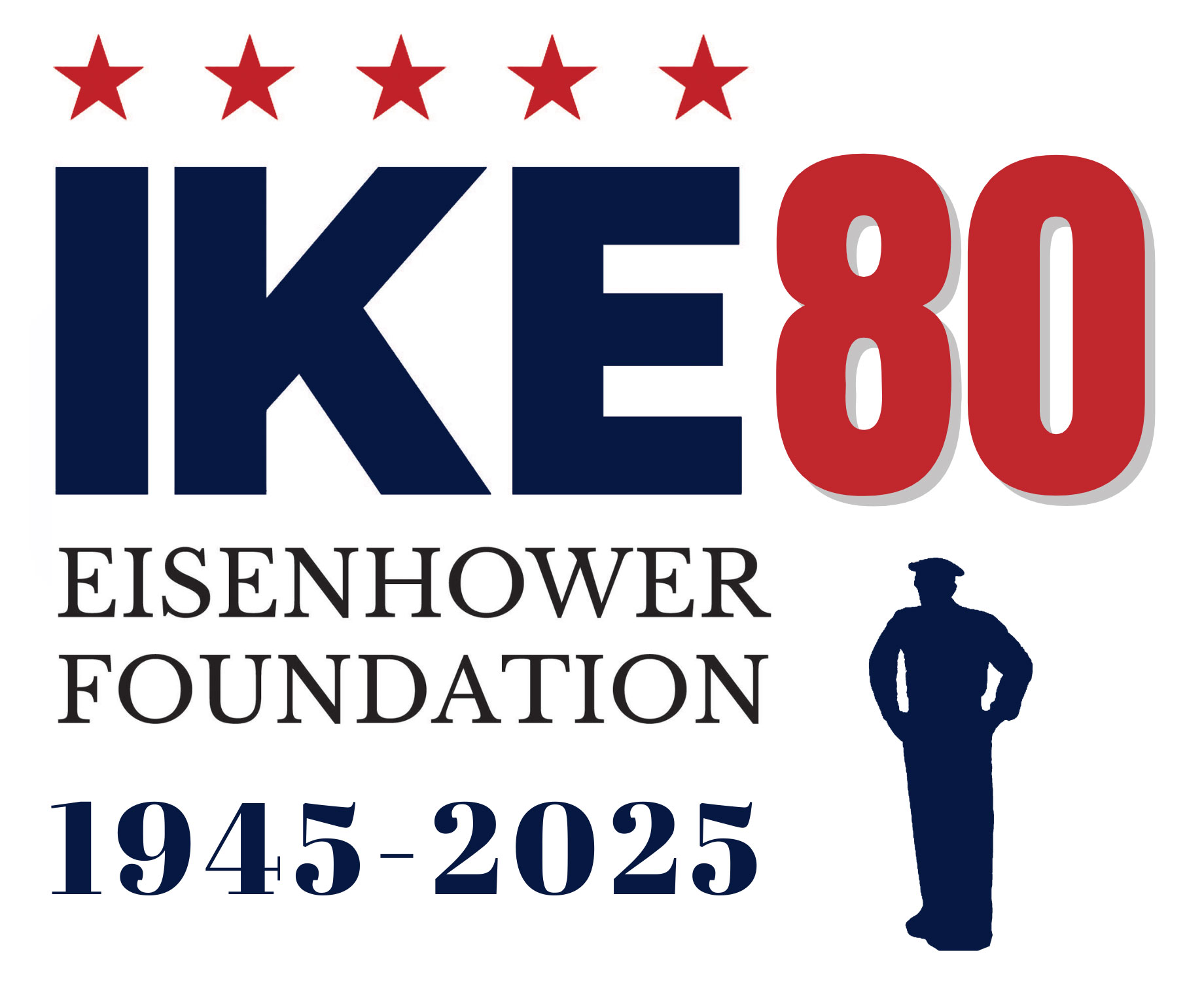West Point and Eisenhower's Education
Students will examine primary sources from Dwight Eisenhower’s early life, focusing on his time as a cadet at West Point and his early military career. Using these sources students will think critically about the role of resilience, Eisenhower’s options, and how these options were shaped by the historical context. To investigate these questions, students will analyze primary sources and place them on a physical timeline using chronology and sequence to infer conclusions about Eisenhower’s life and commitment to public service.

